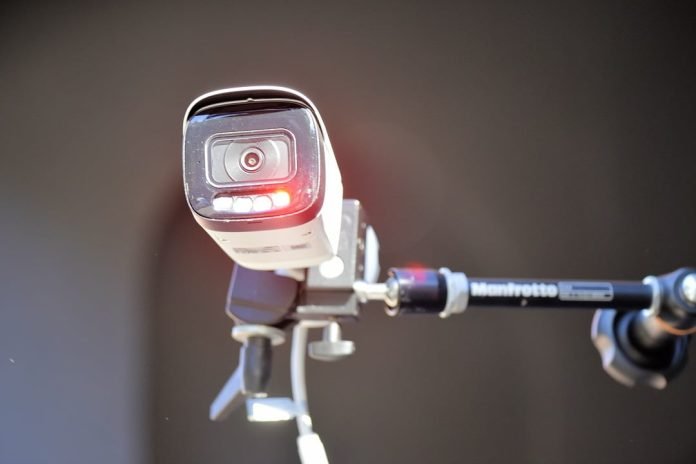Dahua’s IPC-HFW3849T1-AS-PV WizSense bullet camera with active deterrence features 8MP (3840 x 2160 pixels) resolution; intelligent functions, including perimeter protection and smart motion detection; active deterrence with a built-in siren, voice messaging and flashing lights, robust IP67 rating against water and dust, and a 2.8mm fixed lens, offering a strong angle of view.
This compact, well-constructed day/night camera was dropped off at the SEN office by CRK’s David Payne. Trolling the specification sheet, the camera combines excellent resolution, a wide view, strong underlying specifications and what Dahua calls active deterrence, which is a set of features that works in concert with the camera’s AVS to communicate with intruders using audio messages, live voice, white light and flashing emergency lights. It might not sound like a big deal, but this active deterrence is sufficiently intrusive to get the attention of everyone walking around my street scene, particularly when the siren is activated.
Built of cast alloy with a poly sunshade, the camera has a 1/2.8-inch CMOS image sensor, delivers its 3840 x 2160-pixel stream in H.265 or H.254 compression options with a maximum bitrate of 8192Kbps, has an integrated warm white illuminator with a range of 30 metres, and supports sound and light linkage that can be activated via security sensors or AVS rules, like tripwire or secure perimeter.
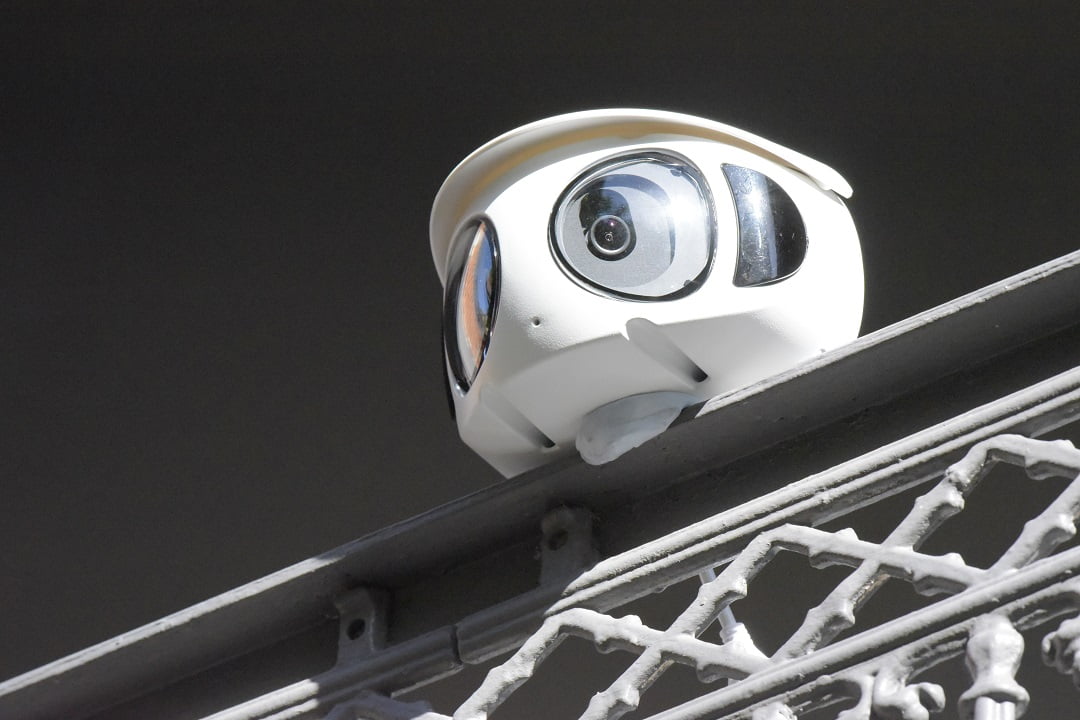
There’s alarm in and alarm out, support for 256GB microSD cards, built-in microphone and speaker, 12V DC and PoE power, 56dB signal to noise ratio, and a 2.8mm fixed lens (there’s a 3.6mm option) with relatively fast aperture of F1.4 and horizontal angle of view of 107 degrees with vertical angle being 56.
The IVS analytics-based perimeter protection functionality includes tripwire; intrusion (classifies vehicle and human), as well as intelligent search when the camera is working with one of Dahua’s Smart NVRs to refine intelligent search, handle event extraction and merge event video streams. There’s CBR/VBR bit rate control, image settings include backlight control, HLC, 120dB of WDR and white balance for auto, natural, streetlamp, outdoor, manual, regional and custom. There’s 3DNR noise reduction, 4 areas of motion detection, 4 areas of region of interest, smart illumination, image rotation 0/90/180/270 degrees, mirroring, 4 areas of privacy masking, audio compression options including PCM, G.711a, G.711Mu and G726.
Alarm event notifications including no SD card, microSD card (256GB) full, SD card error, service life warning (supported by Dahua card), network disconnection, IP conflict, illegal access, motion detection, video tampering, tripwire, intrusion, audio detection, voltage detection, external alarm, SMD, safety exception, light alarm, and sound alarm, including 11 built-in sounds and custom voice messages.
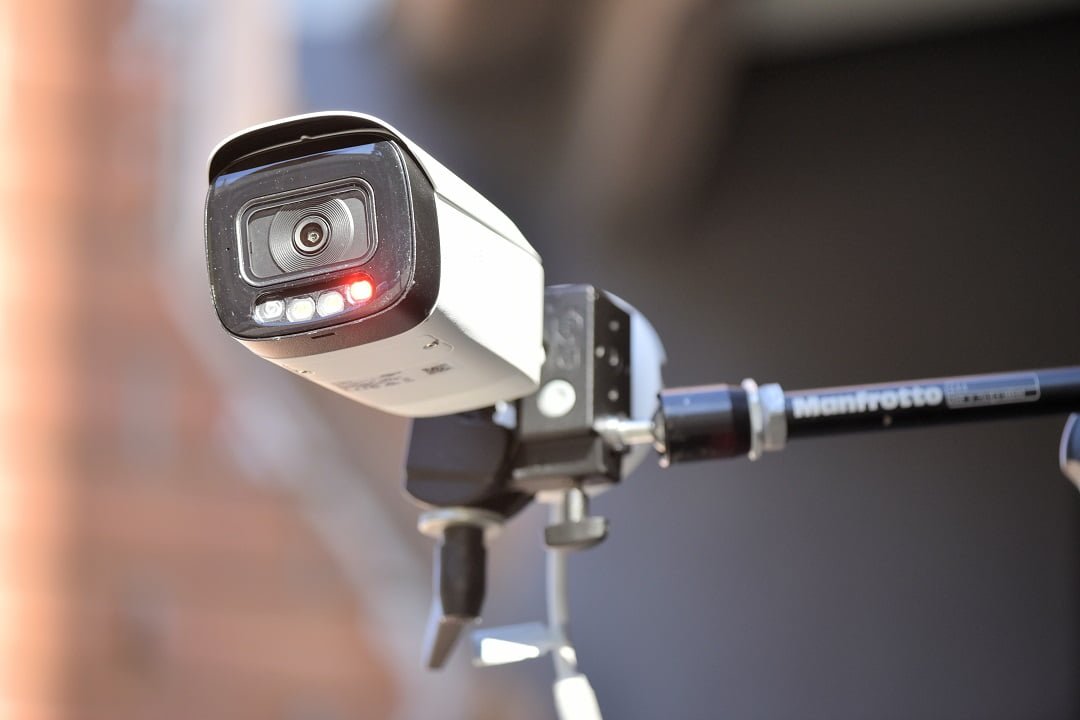
There’s a full range of network protocols supported, and cyber security functions include video encryption; firmware encryption; configuration encryption; Digest; WSSE; account lockout; security logs; IP/MAC filtering; generation and importing of X.509 certification; syslog; HTTPS; 802.1x; trusted boot; trusted execution and trusted upgrade. Interoperability options are ONVIF (Profile S/Profile G/Profile T); CGI; Milestone and Genetec; P2P.
Physical specifications include RCA video input, RCA video output and 12V DV and PoE power cables. Power consumption is 4.2W using PoE, peaking at 9.7W when WDR, H.265, red and blue LED lights, warm white lights and the siren are all going at once. This is only ever momentary – even 5 seconds of siren was enough to razz up pedestrians in my street application. Operating temperature is excellent at -40 to 60C, and the camera weighs 1kg and measures 288.4 x 94.4mm x 84.7mm.
Test Driving Dahua IPC-HFW3849T1-AS-PV
As usual, the camera is located on SEN’s Dell Optiplex 9020 server and arrives via the Netgear 108SP PoE switch. There’s a bunch of cameras in the office at the moment but the camera is alone on the network. First impressions are that this new Dahua WizSense bullet camera delivers strong baseline optical performance. Static face recognition in daylight is out to 10-12 metres, while moving faces are court admissible between 8-10 metres. There are longitudinal and latitudinal chromatic aberrations present across this scene and barrel distortion is 8-9 per cent. My daytime test at around 9am is faced with hard shadows and more than 60,000 lux on the opposite side of the street. This challenges my standard settings, with identification made difficult in shaded areas.
As soon as I activate WDR, the issues are resolved. In fact, Dahua’s WDR performance in this application is exceptional, with excellent colour rendition and light balance across the disparate regions of this challenging scene. As you’d expect, activating WDR does put some work on the image, and I lose a little fine detail. Before activating WDR I have plates at 12-15 metres and afterwards I’m interpreting plates at the same distance. This is typical and the nature of your own application will decree what the priorities are, when it comes to plates and/or situational awareness. Regardless, WDR doesn’t impact on pedestrian face recognition, which remains strong.
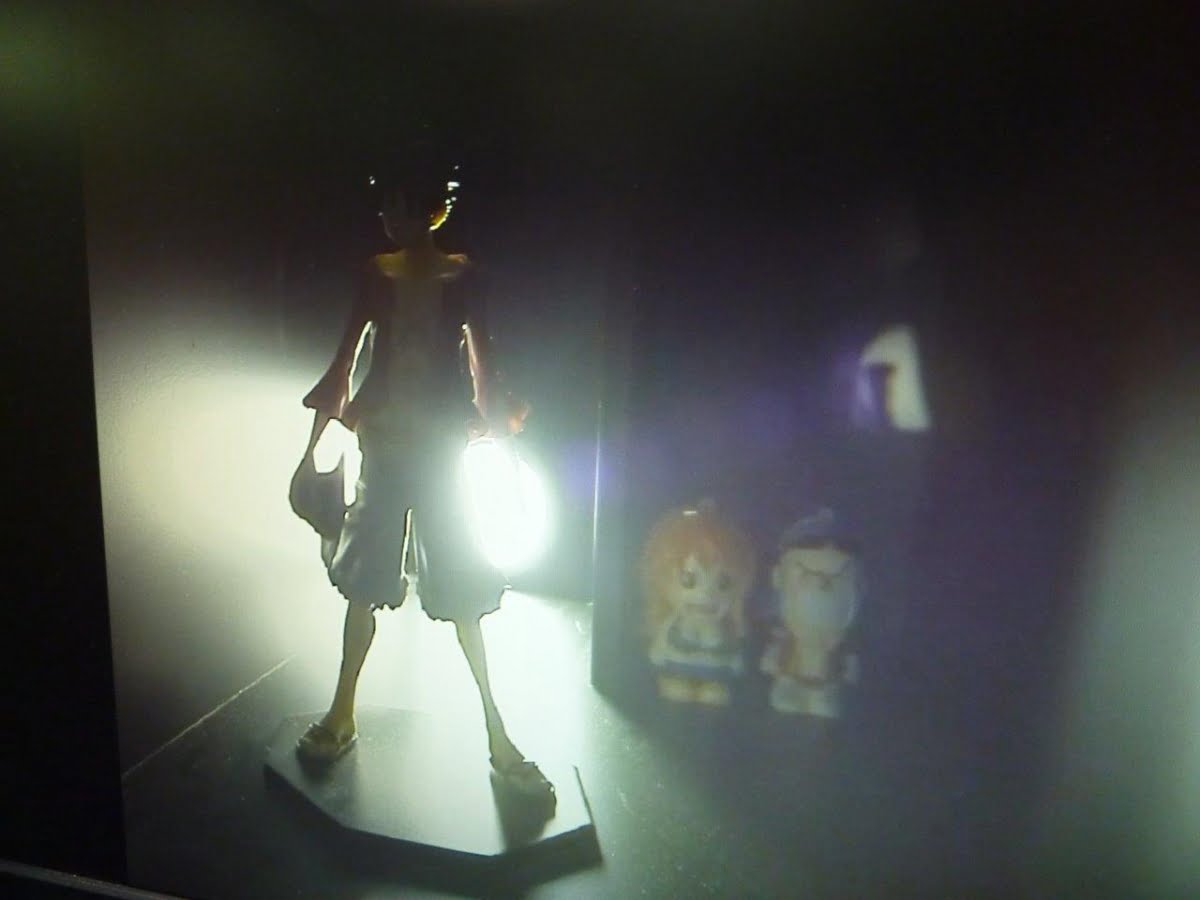
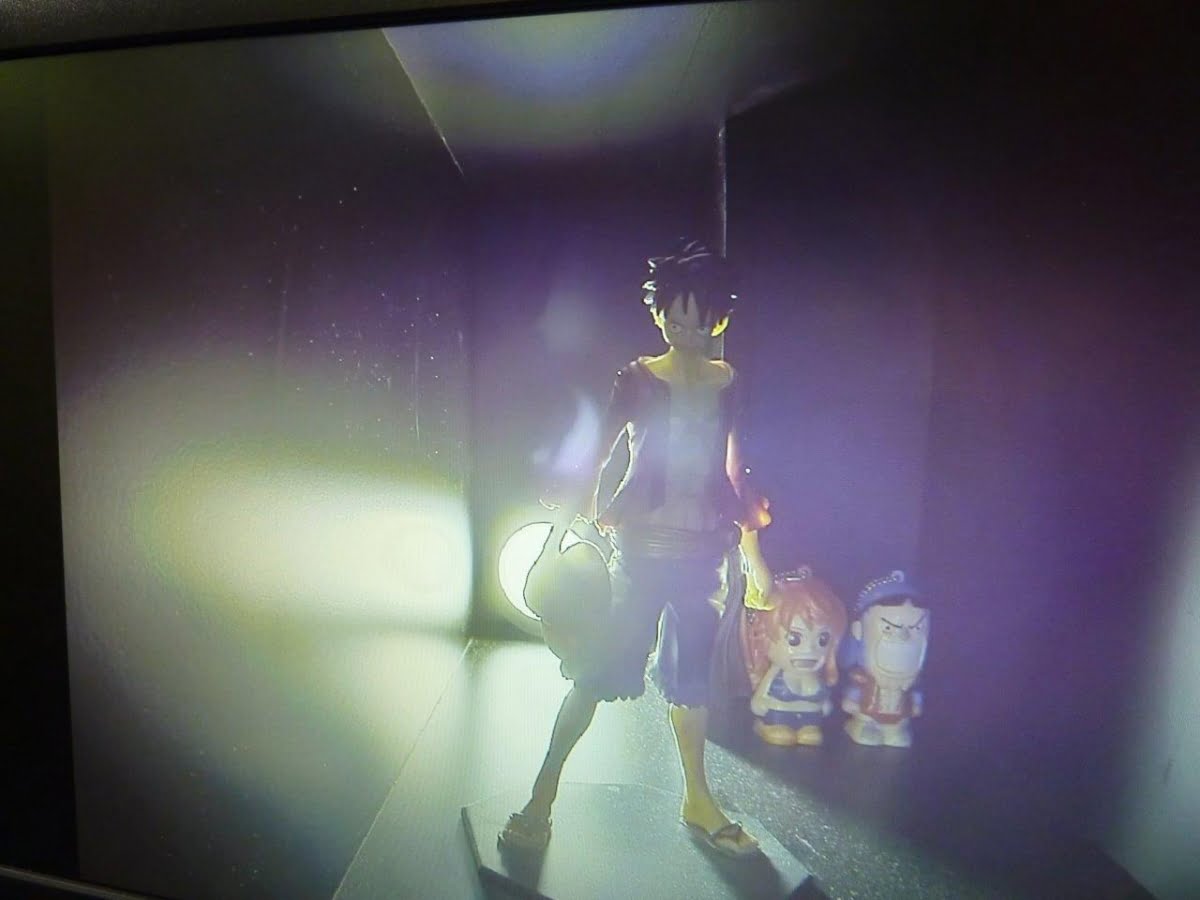
You can see the big impact WDR has on this tough scene…
As you’d expect, activating WDR does put some work on the image and I lose a little fine detail – before activating WDR I have plates at 12-15 metres and after activating WDR I’m interpreting plates at the same distance. This is fairly typical with WDR activated. The nature of your own application will decree what the priorities are. Regardless, WDR doesn’t impact on pedestrian face recognition, which remains strong.
The DORI numbers for this camera are detect at 87.7 metres, observe at 35 metres, recognise at 17.5 metres and identify at 8.8 metres. We tend to think these numbers are a little over optimistic at longest ranges in challenging conditions and a little pessimistic at the closest ranges in challenging conditions, which is how you’d want things to be from an operational perspective. Something worth touching on is the solid depth of field conferred by the 8MP resolution – DoF is very strong, and I have good awareness well past 80 metres in this scene. Outstanding for an affordable bullet camera.
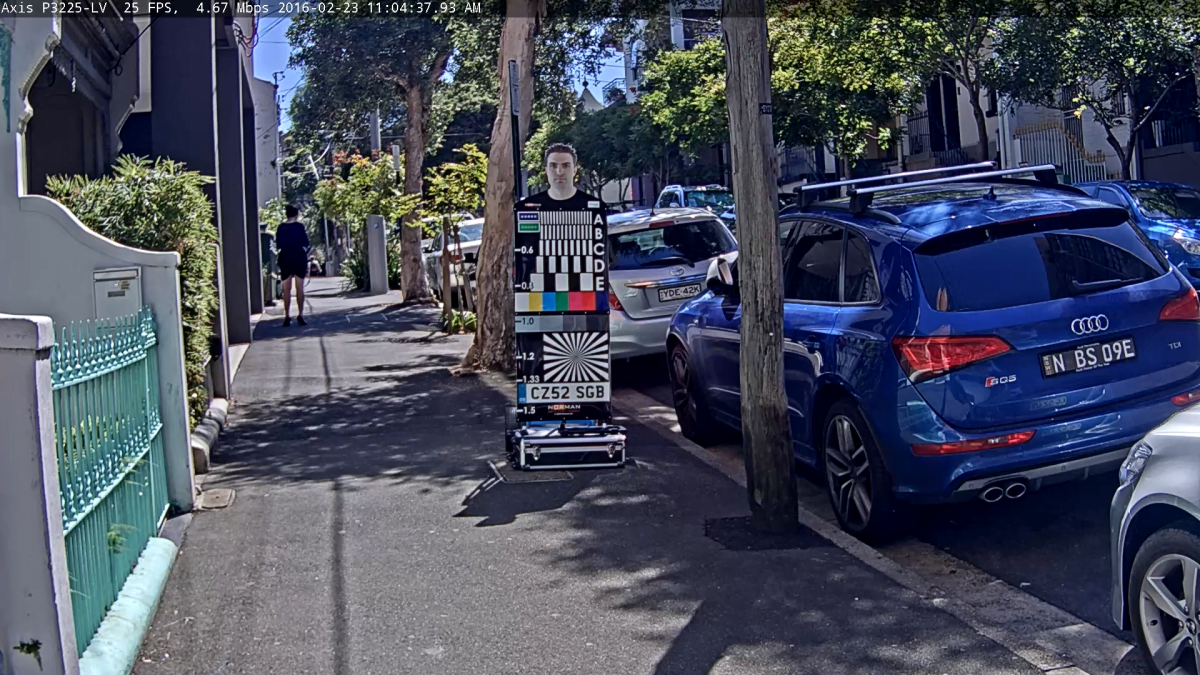
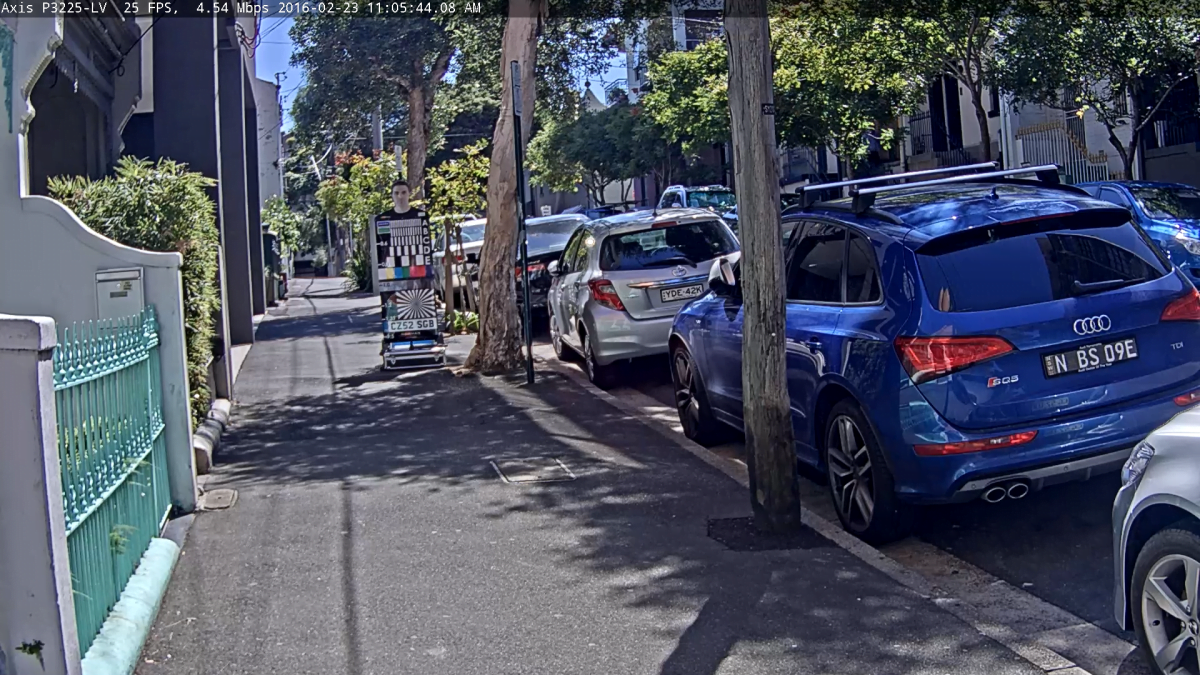
Analytics options are activated, and I notice they do a good job, picking up activity much more deeply into the scene than I was expecting. Dahua’s AVS is comprehensive, as well as being easy to drive in Dahua’s camera browser. I have a border drawn around a secure area on the left of the scene and a tripwire across the street and there’s no question of this camera missing any events.
Something interesting happens during my test – people keep looking up at the camera mounted on the balcony rail despite the fact it’s a very compact unit. I can’t understand this until I open the door to greet a group of passersby standing and staring up and they point out the blue and red flashing lights on the front fascia. While these lights are not intrusive, they are noticeable, especially at night or out of full sun. I also try the siren once and it’s extremely loud – there’s no doubt that this camera offers excellent deterrence.
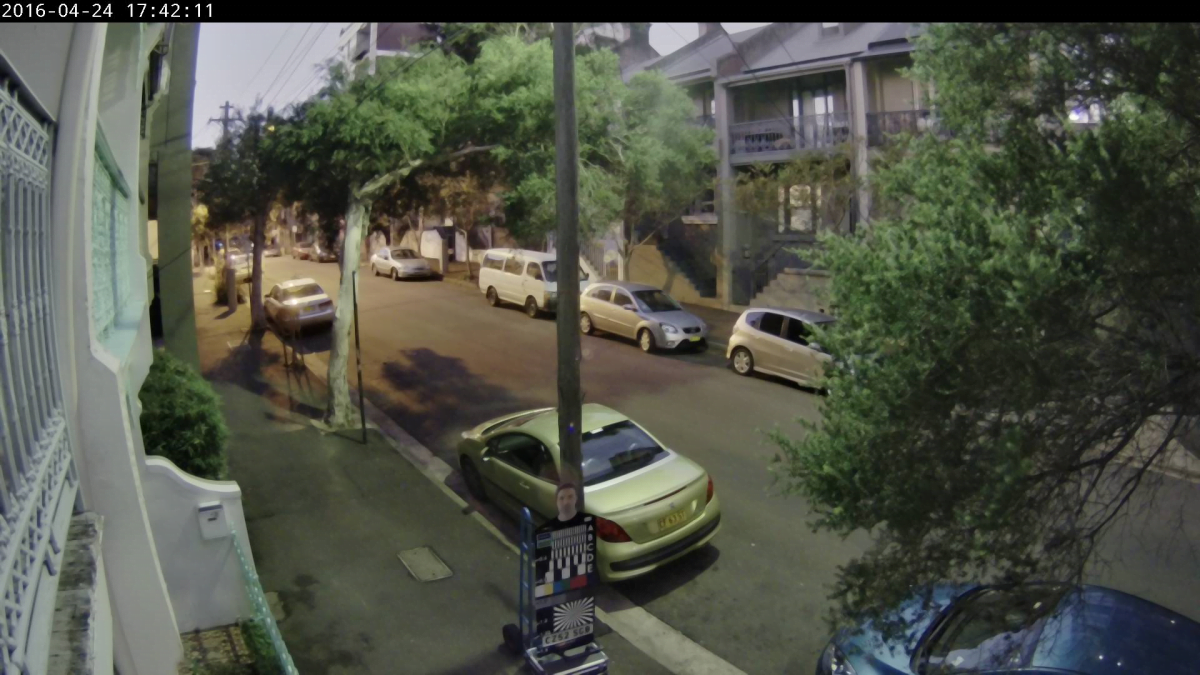

The 30-metre white light functionality also has an impact on camera performance, offering good range and spread. It activates relatively early in the evening and remains activated in colour or in black and white modes.
In low light the performance is noteworthy for huge depth of field, high levels of detail and strong low light performance deeper in, despite the smaller pixel sizes decreed by 8MP. There’s a little amplification noise, as well as some tone mapping around fast-moving vehicles but when it comes to pedestrians, face recognition remains possible within 10 metres and there are instances of near recognition much further out where I was not expecting to see them.
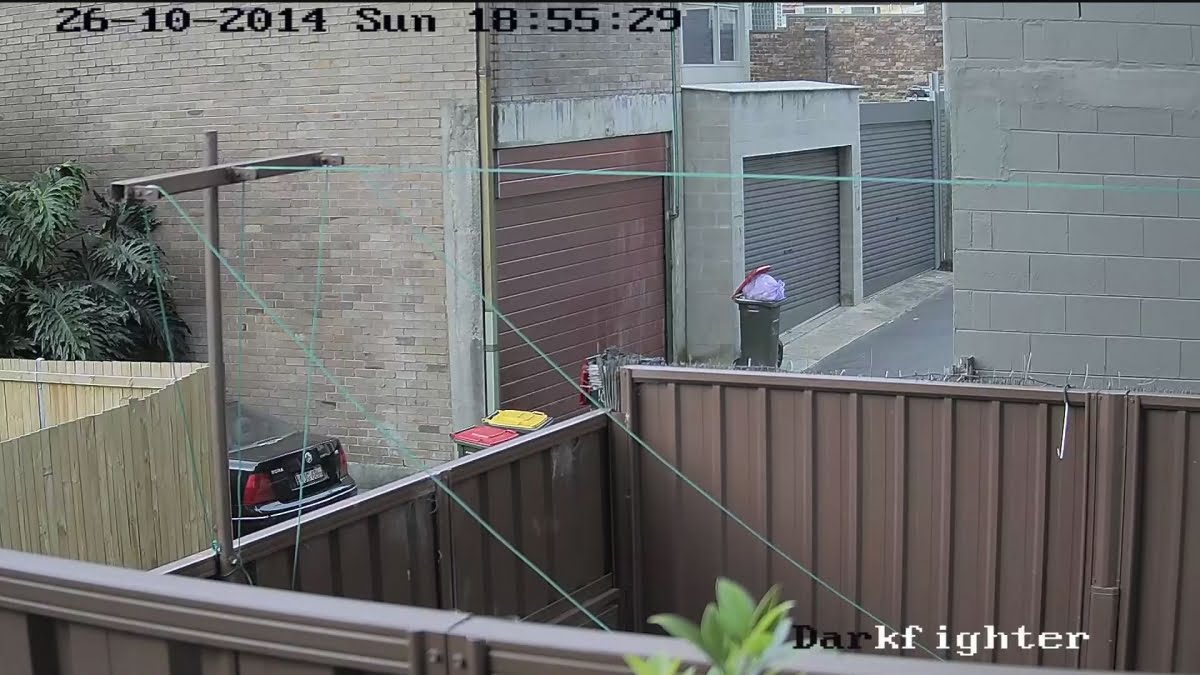

Conclusion
Dahua’s IPC-HFW3849T1-AS-PV WizSense bullet camera with deterrence functions is a solid performer. It does well in this application, delivering situational awareness deep into scenes day and night. In challenging sub-4 lux scenes, especially in monochrome, I’m able to dig deep seeking pedestrians. Bitrate with H.265 – which I use exclusively in this test – is excellent considering the 8MP resolution – between 3500 and 4500Kbps regardless of movement.
AVS is central to this camera’s operation and its analytics features, combined with its deterrence functionality and robust build quality, makes the IPC-HFW3849T1-AS-PV bullet camera an excellent security tool, especially when installed on private property where its siren and security messaging functions can be fully liberated without alarming the neighbours.
#securityelectronicsandnetworks.com




